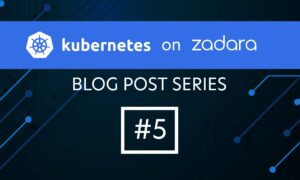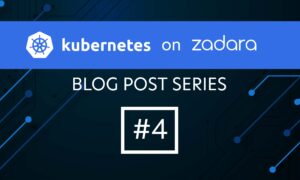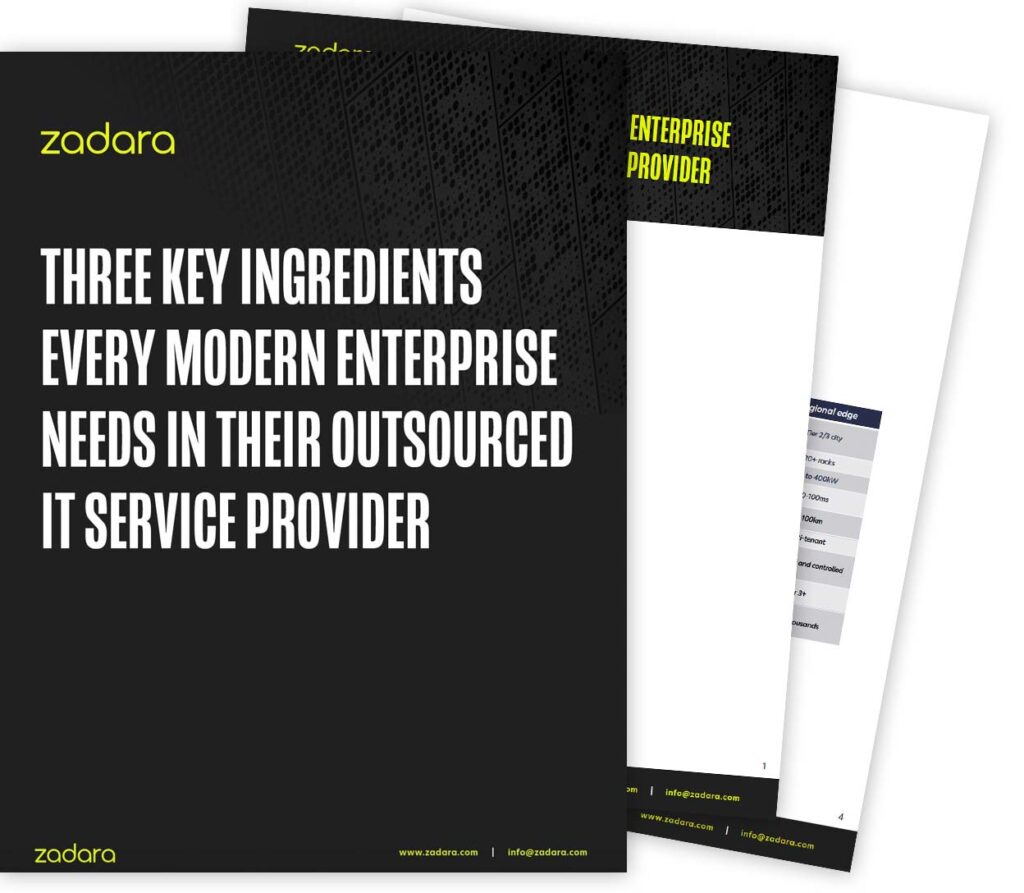As cloud-based storage, computing, applications, and other products became mainstream, most cloud vendors foresaw a vast migration of enterprise storage and other IT needs moving from on-premise solutions to cloud-based solutions. This has happened, but not quite the way cloud service providers predicted. Enterprises (and, indeed, businesses of most all sizes) have instead opted for the hybrid cloud — a blend of cloud-based storage and on-premise solutions that allows the business to carefully manage what data stays in house and what gets migrated offsite. Most enterprise “cloud” storage infrastructures are actually hybrid clouds. So, what are the best practices for managing your hybrid cloud environment? We break it down here to assure that your hybrid cloud solution is working optimally for your enterprise.
1. Begin With a Private Cloud
The most successful hybrid solutions grow organically from a private cloud or other on-premise solutions and grow into the cloud as the need for storage rises and as the organization masters the ins and outs of using cloud storage.
The hybrid cloud isn’t actually a ground-up solution. It’s more of an evolution that seeds with a private cloud on-premise and grows into a private-public organism. The Zadara Storage private cloud and on-premise solutions can ‘get your feet in the door’ so to speak. This step is important for overcoming compatibility issues. Enterprises working with legacy systems find it much easier and more manageable to undertake a private cloud, get used to the differences, and then determine what storage, applications, etc. to migrate to the public cloud to create the hybrid cloud experience.
2. Determine What Data Goes Where
The popularity of the hybrid cloud is driven largely by security, privacy, and compliance concerns, but there are other considerations that can improve the performance of your hybrid cloud solution. What users need to access which data? Where is it currently? What performance levels are demanded? Migrating storage and workloads to the public end of your hybrid cloud does not always mean a loss in performance. In fact, if your current infrastructure is struggling to handle the workload, you might actually see an improvement in performance. This is especially true if you choose a public cloud provider that is geographically close to your users and facilities where the data is needed.
3. Choose a Cloud Service Provider as Concerned About Your Security as You Are
Cloud service providers live and die by the level and quality of security they are able to provide to their customers. Naturally, you will have questions about their processes, policies, and procedures, but a reputable cloud service will be able to secure your data as well as (if not better than) your own in-house IT team. But you will still need to make sure that the data is secure in transit, not just when it is at rest in your public cloud. Ask about encryption techniques and other security measures the cloud provider utilizes for data security during transmission.
4. Look for Pay-as-You-Go Pricing
Zadara Storage charges only for the storage you actually use — whether that storage is an on-premise solution or in their own cloud environment.
More than a few enterprises have been hit with the old sticker shock a few months into their cloud service agreement. It’s difficult to estimate ahead of time how much storage space you need, meaning many businesses over-purchase and end up paying for capacity they never actually use. With pay-as-you-go pricing, you can get accustomed to your hybrid cloud gradually, migrating new data into the public cloud storage as you are ready, without receiving an ‘uh oh’ bill one day that you weren’t expecting.
Managing your hybrid cloud environment can be challenging, but start with these tips and you’ll be set for success. Are you ready to get started building an on-premise solution for storage, or adding the hybrid cloud to your existing data storage environment? Zadara Storage can help. If you’re completely new to the cloud, you’ll benefit from learning more. Take advantage of this free white paper: Getting Great Performance in the Cloud.







